Browsing with Apple Safari
Browsing with Apple Safari
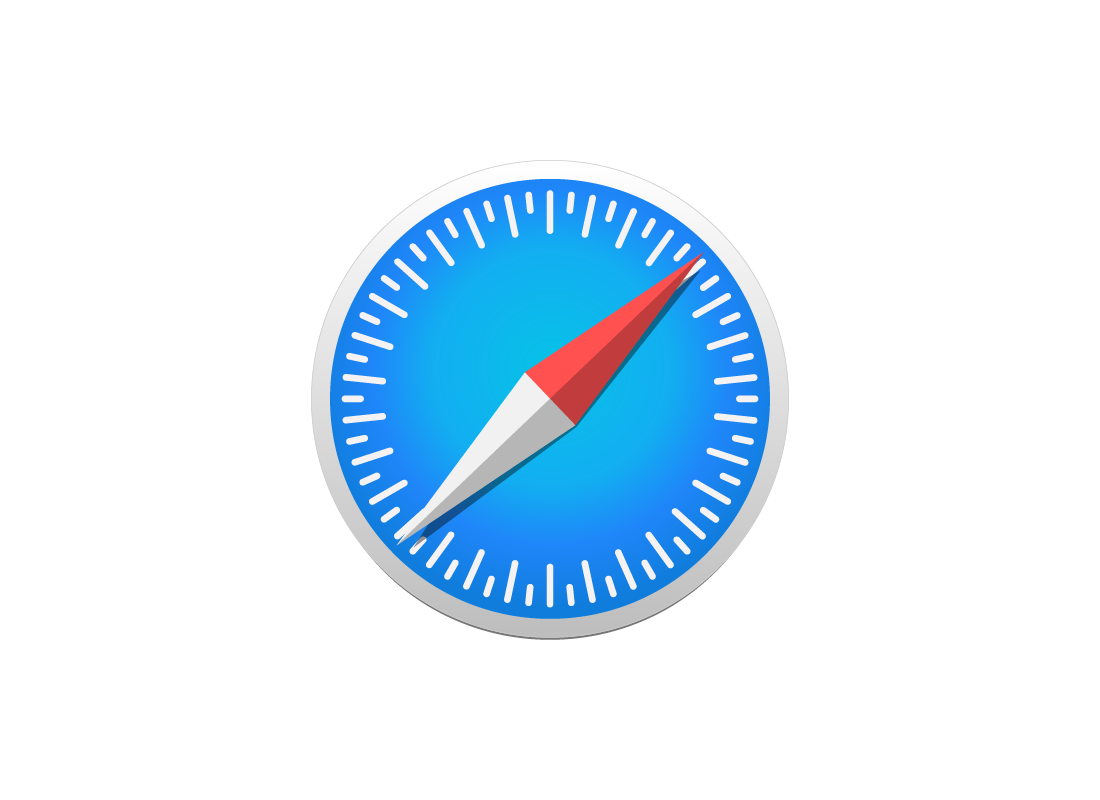
What's coming up?
In this activity you'll find out about the Apple Safari web browser, and how to use it to help browse the web more conveniently and safely.
This activity is about Apple Safari on desktop and laptop computers, but if you use Safari on your mobile device, you should still be able to follow along.
Start activityWhat is Apple Safari?
Apple Safari - usually just called Safari - is a free web browser that comes installed on Apple devices. You can also get Safari via an Apple operating system (MacOS) software update.
When Safari is installed on your computer, it keeps itself updated automatically.
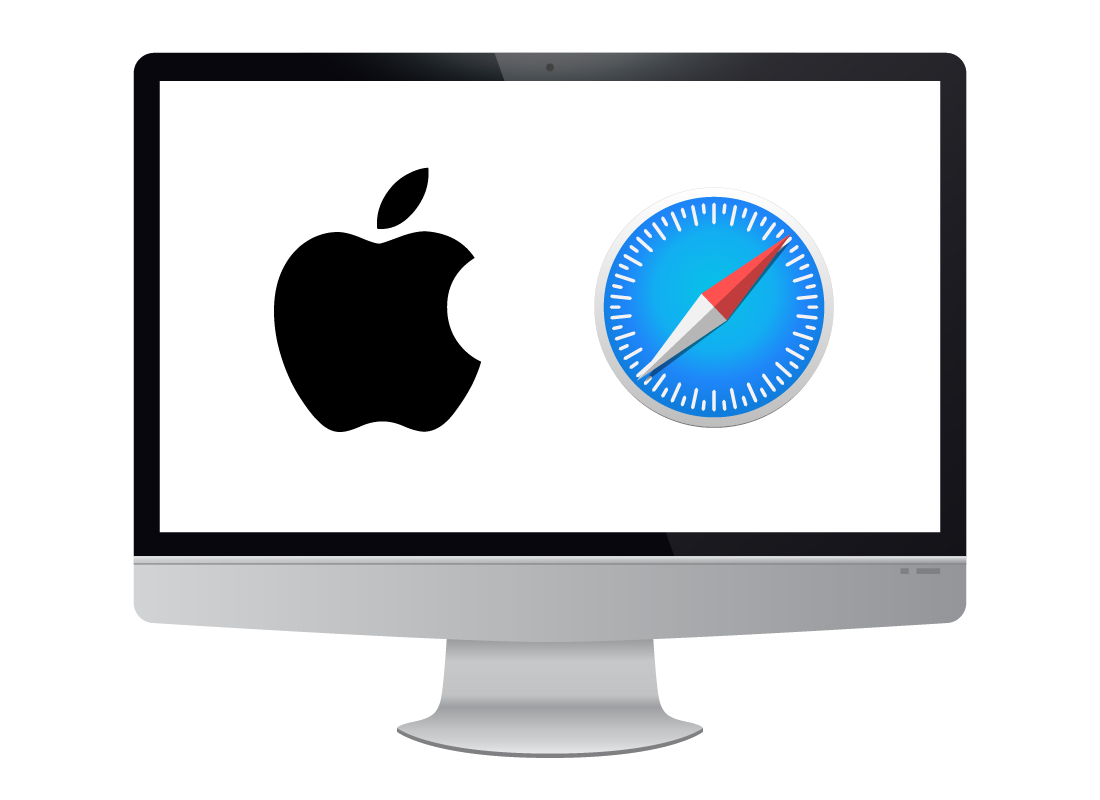

eSafety tip
If you want to double-check you have the latest version of Safari, you can do so by running a Software Update from your computer’s System Preferences panel.
You can find System Preferences by clicking the Apple icon in the top left of your computer screen and choosing it from the little drop-down menu that appears.

Why should I use Safari?
Safari is exclusive to Apple computers and mobile devices, so you can use it on your Apple Mac, iPhone, and iPad. It works well with iCloud, so if you use iCloud a lot, Safari is a good choice.
Safari helps you browse privately
Normally, web browsers keep a record of every website you visit in the browser History. If you'd rather browse without having this history recorded, you can use Safari's Private Browsing:
- Open Safari and click File in the top left menu bar
- Click New Private Window from the options that appear
- A new browser page opens with the words Private Browsing Enabled at the top.
Private Browsing makes it harder for sites to track you and target ads to you, so it's more private.


eSafety tip
When you use Private Browsing, the sites you visit won't be recorded on your device's browser history, but it's not completely anonymous. Your ISP (Internet Service Provider) and others will still be able to track your internet activity.
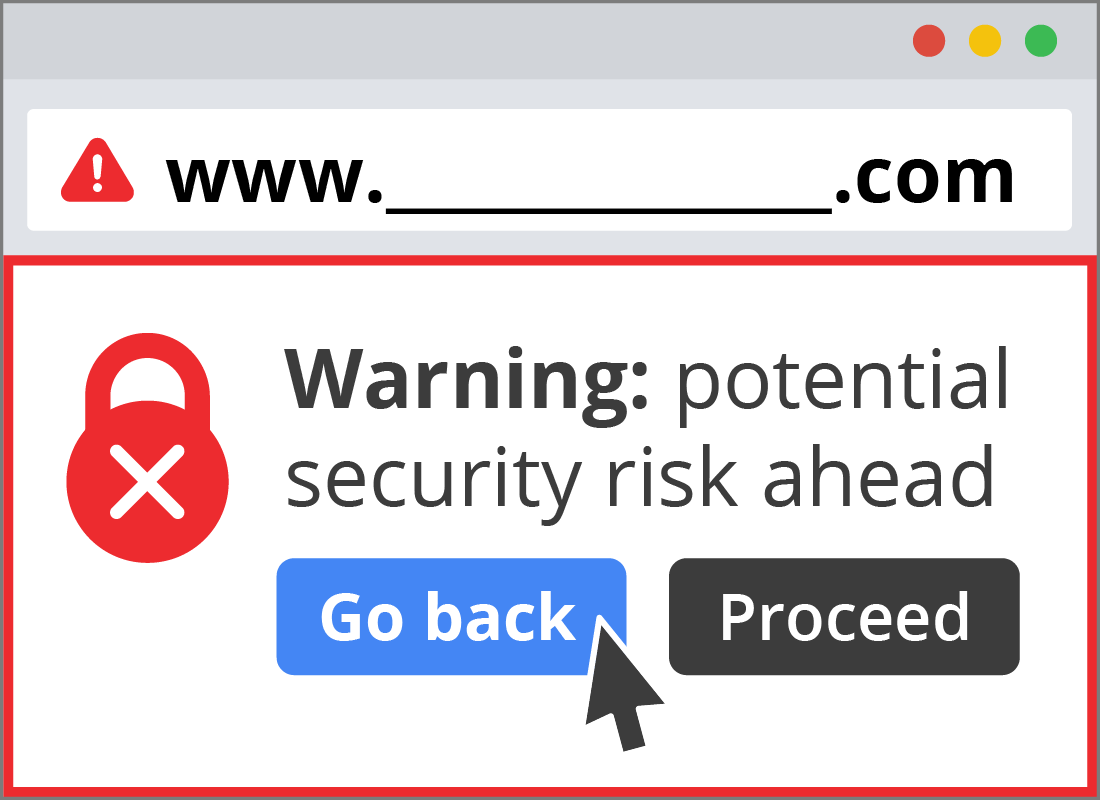
Safari blocks known malicious websites
Some websites are set up to give devices that visit the site a virus, or to try to steal the identity of people who use the site. These are called phishing sites and Safari gets updates from Apple about these unsafe sites.
If you try to visit a known phishing site, instead of loading the site, Safari will display a warning message on your screen letting you know that visiting the site is not safe.
You can then press Back and find a different site to visit.

eSafety tip
Even though Safari will block most known phishing sites and even some viruses and other malicious software, it's still a good idea to install an antivirus package to help keep your device safe.
You can find out more in our Using antivirus software course.
Safari and iCloud Keychain
You can use Safari with your iCloud Keychain to remember passwords for sites that you sign in to, and for shopping online. Keychain is Apple's password management system, and you can learn more about password managers in our Managing passwords course.
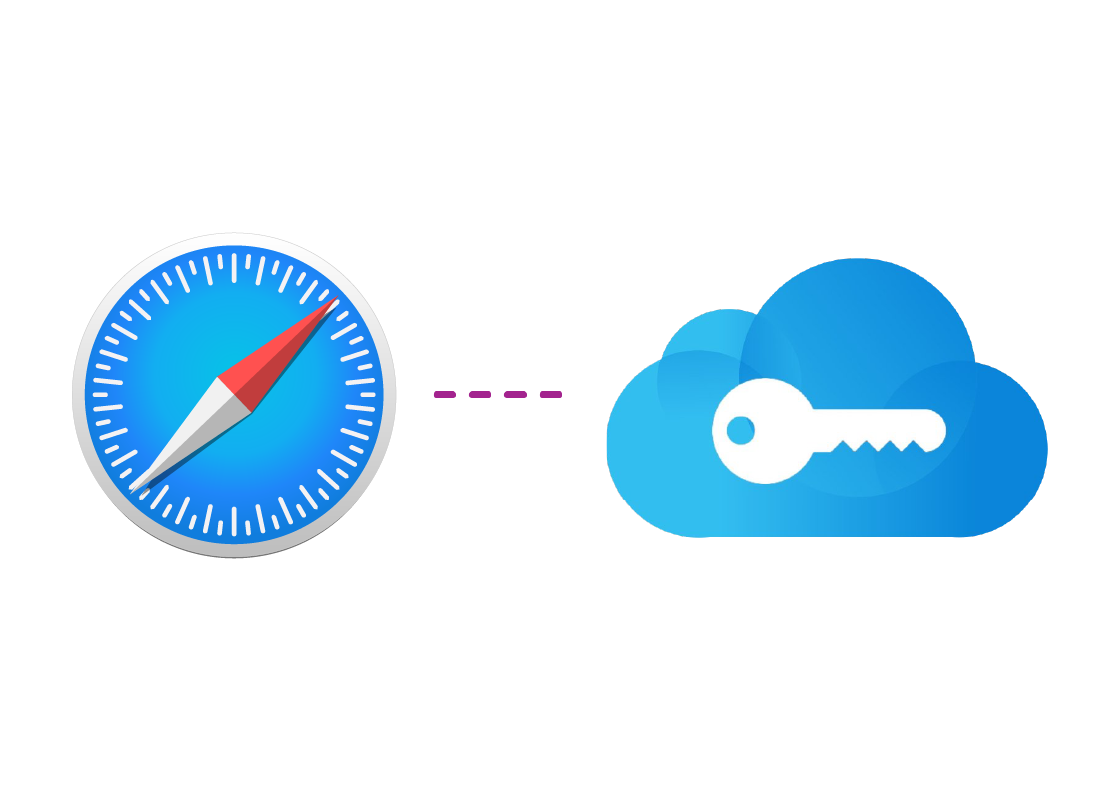
Managing cookies in Safari
Many websites will ask permission to save a cookie on your computer when you first visit. These cookies may be used to personalise the site, or even target you with ads.
From time to time, some websites may stop loading content correctly and deleting cookies might resolve this problem. You may never need to delete cookies, but it's good to know where to find them, just in case.
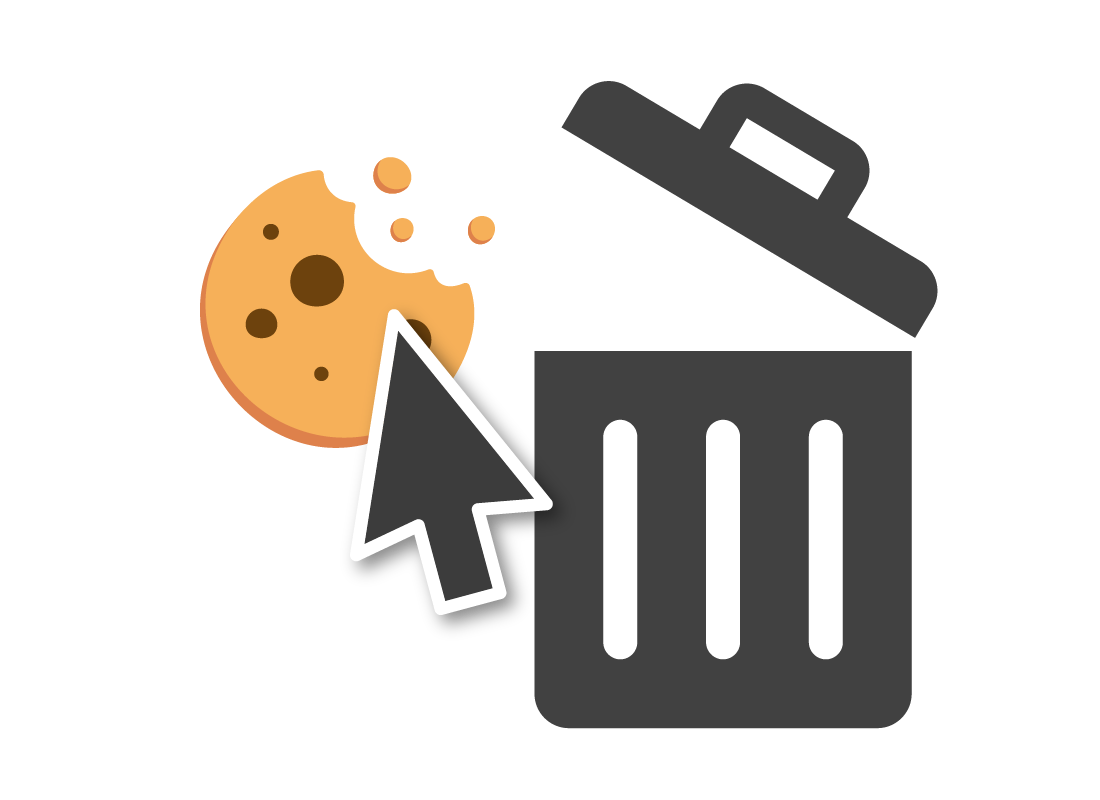
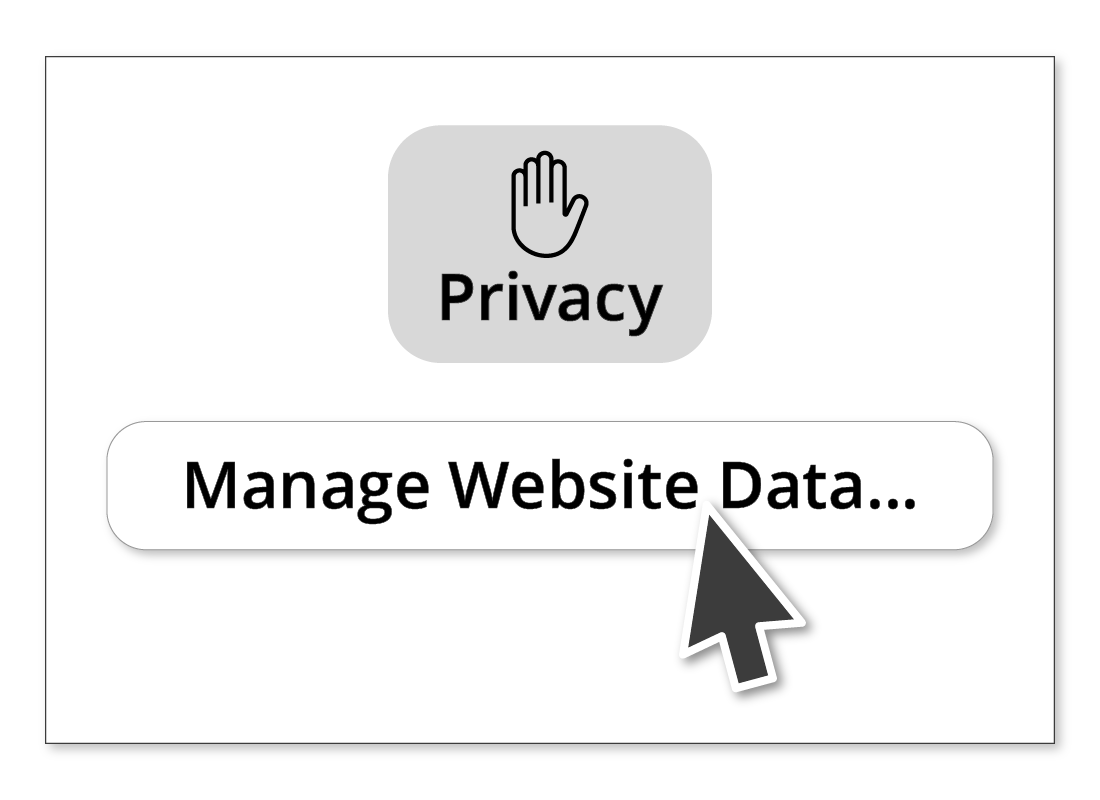
Deleting cookies in Safari
To delete cookies that are stored on your computer:
- Click Safari at the top of the panel
- From the menu that opens, choose Preferences
- A panel opens. Click the Privacy icon
- Select Manage Website Data
- You’ll see a list of websites that have saved cookies on your computer
- Click Remove All.
Clearing your browsing history
Every website you visit using Safari is recorded in Safari's History. You can manage your privacy by deleting some or all of these records:
- Click History from the top menu of Safari
- From the menu that opens, choose Clear History at the bottom
- From the pop-up box that appears, click the arrows in the box next to the word Clear to see the options
- Select a time period or choose all history to get ready to clear everything
- Click the Clear History button.
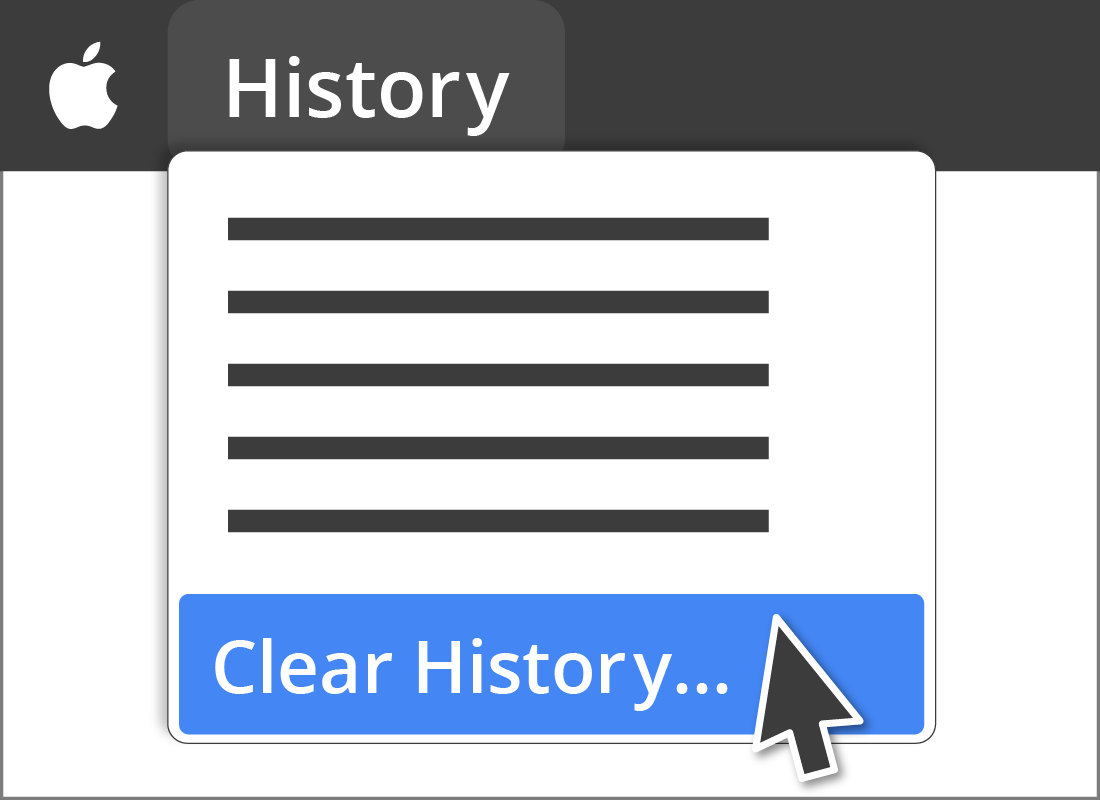

Bookmarking in Safari
Once you've found the website you're looking for, you can get back to it quickly in the future by using a handy little feature called a bookmark. Bookmarking a web page is just like bookmarking a page in a book - and you can create as many bookmarks as you like for all your favourite websites.
The following panel has a video that shows you how to bookmark a web page using Safari.
Bookmarking a web page in the Safari browser
A bookmark creates a handy shortcut to a web page, so you don't have to type its address or search the internet to find it again. Any web page you visit regularly, or which you want to remember, can be saved as a bookmark in your computer's web browser. Let's look at how to bookmark a web page in the Safari browser.
First, type the name of the web page you want to open in the Address bar. With the web page you want to bookmark open, click on the Share icon in the far right of the Address bar. It looks like a square with an arrow. From the menu that appears, click on Add Bookmark. Another drop-down menu will appear with the name of the web page highlighted. You can keep the name suggested by Safari, or type another name into the box. You can also add a description in the box underneath if you like.
Now, let's choose where to save the bookmark. At the top of the drop-down menu, check that Bookmarks is selected. Now, click Add. And that's all there is to it!
Next time you want to visit that web page, go to the top menu of your Safari browser and click on Bookmarks. From the list of web pages that appears, simply click on the one you want to open. It's as easy as that!
Browser extensions
Safari supports small programs called browser extensions. These aren't standalone apps, but more like extra tools and functions you can add to Safari.
You can even get an extension that blocks ads. You can find out more about this in the More tips for safer browsing activity later in this course.
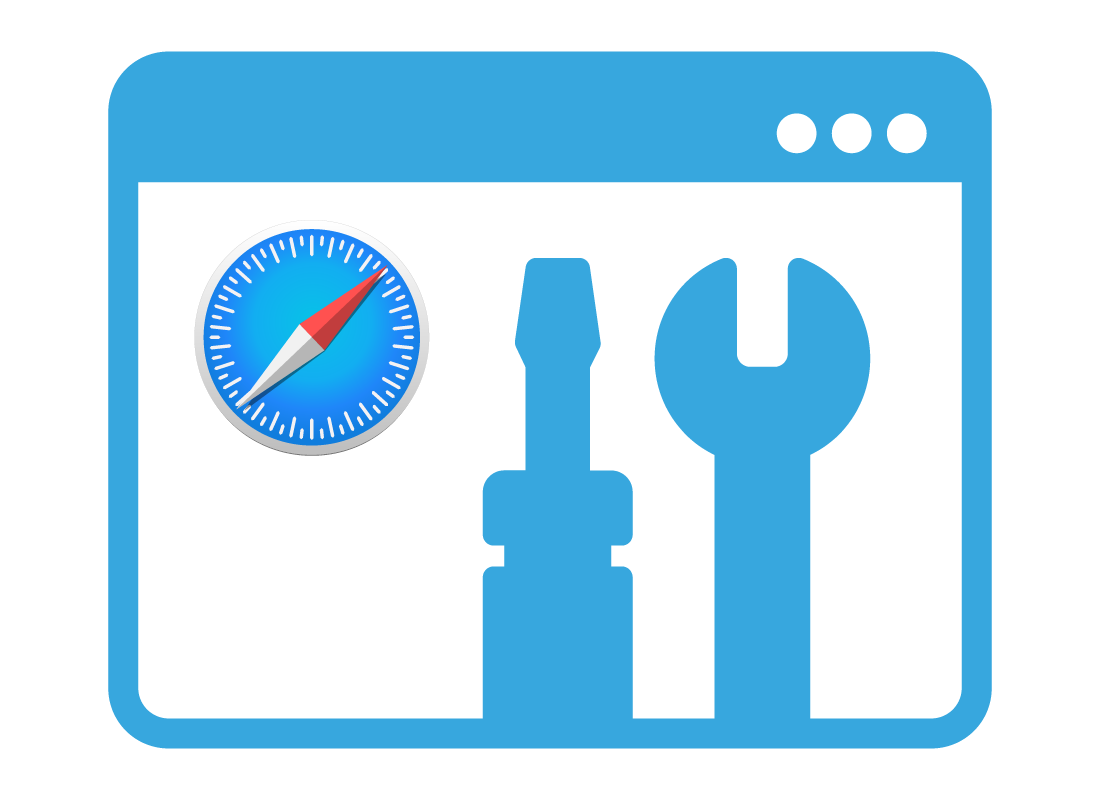
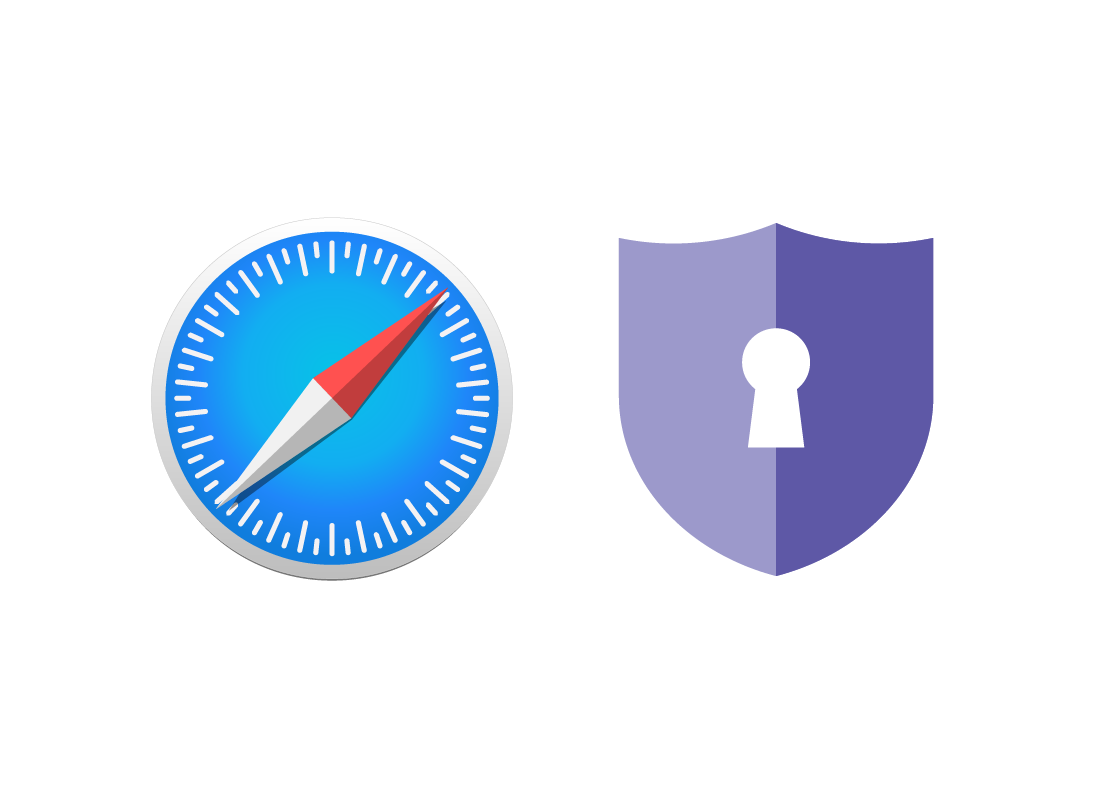
Well done!
This is the end of the Browsing with Apple Safari activity. You should now know how to manage cookies and some browser settings to help use Safari more conveniently, safely and privately.
Up next, you can learn even more about browsers in the More tips for safer browsing activity.